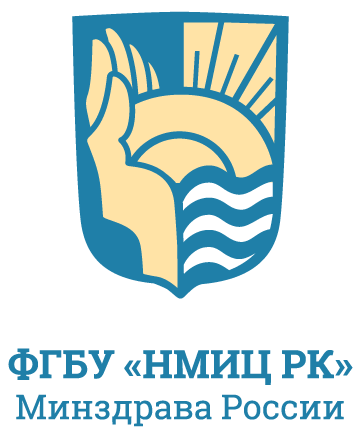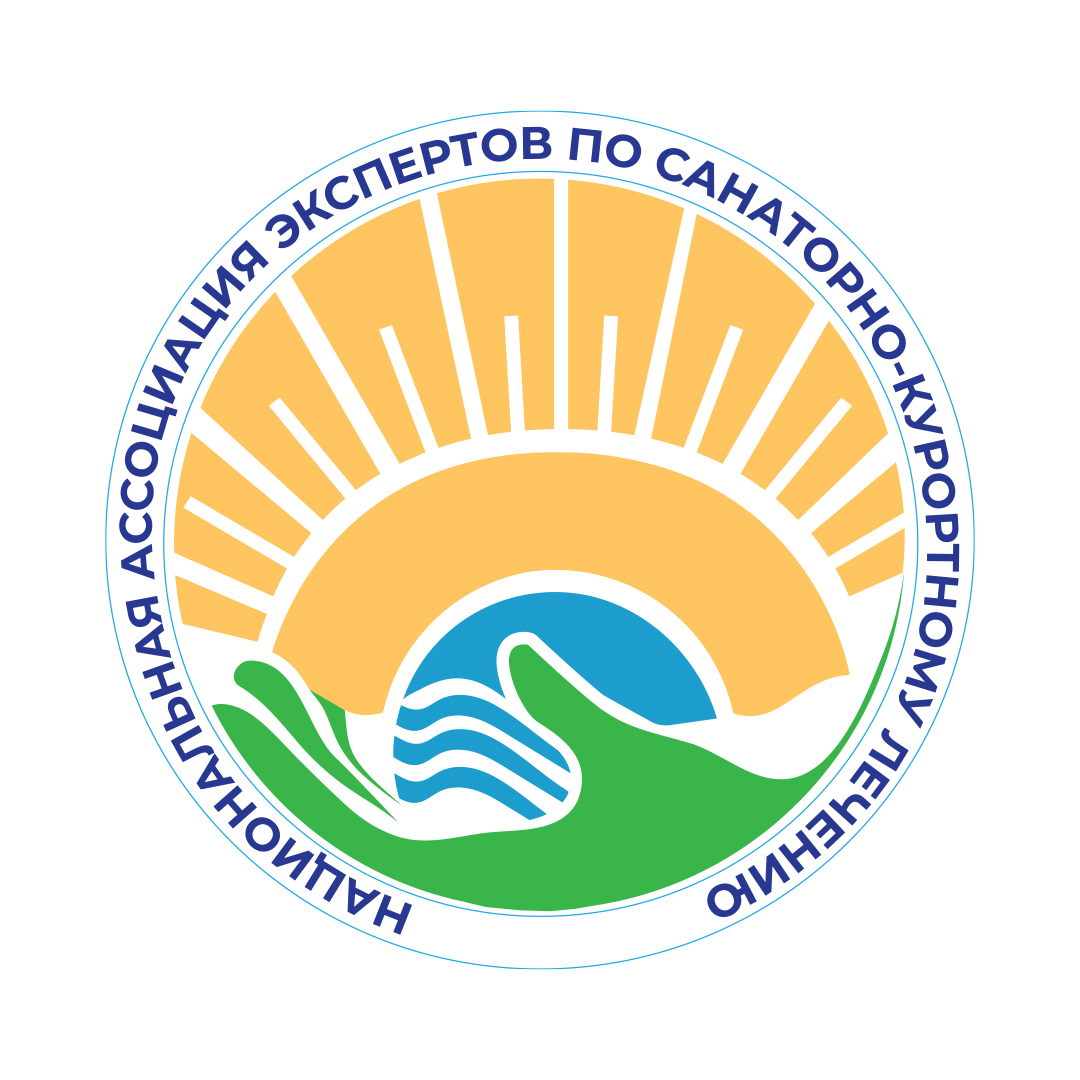Issue 24-3, 2025
Original article
Functional Magnetic Resonance Imaging in Predicting Post-Stroke Rehabilitation Outcomes: a Pilot Clinical Study
![]() Irena V. Pogonchenkova1,
Irena V. Pogonchenkova1,
![]() Elena V. Kostenko1,2,
Elena V. Kostenko1,2,
![]() Alim G. Kashezhev1,
Alim G. Kashezhev1,
![]() Liudmila V. Petrova1,*
Liudmila V. Petrova1,*
1 S.I. Spasokukotsky Moscow Centre for Research and Practice in Medical Rehabilitation, Restorative and Sports Medicine of Moscow Healthcare Department, Moscow, Russia
2 Pirogov Russian National Research Medical University, Moscow, Russia
ABSTRACT
INTRODUCTION. Determining the rehabilitation potential (RP) after ischemic stroke (IS) is a key aspect for predicting the restoration of impaired functions and selecting appropriate rehabilitation strategies. Currently, there is no universal and reliable method for assessing RP. Existing protocols are primarily designed to predict outcomes in the acute phase of IS and lack sufficient specificity and sensitivity. Functional magnetic resonance imaging (fMRI) may be considered a potential method for RP assessment.
AIM. To evaluate the feasibility of using fMRI as a predictor of functional recovery following IS.
MATERIALS AND METHODS. The study included 34 patients (age 62.0 [58.0; 65.0] years) in the early recovery period after IS, presenting with hemi- or monoparesis scored between 2 and 4 on the MRC scale, who underwent medical rehabilitation (MR) at the S.I. Spasokukotsky Moscow Centre for Research and Practice in Medical Rehabilitation, Restorative and Sports Medicine for 12 days. All patients received kinesiotherapy and physiotherapy. To assess baseline status and track changes in functional impairments, the following scales were used: MRCS, MAS, FMA, NHPT, FAT, ARAT, BBT, TUG, Tinetti, BBS, RMI, BI. All participants underwent fMRI with a simple motor task for each limb to evaluate the degree of activation in the cerebral cortex.
RESULTS AND DISCUSSION. Upon completion of the MR course, statistically significant improvements were observed in the Tinetti, NHPT, BBT, BBS, FMA-UE, RMI, BI, TUG, ARAT, FAT, MRCS scales (p < 0.01). Patients with higher cortical activation showed better outcomes in FMA-UE scores, although no statistically significant differences were found compared to those with lower cortical activation. Distinct activation patterns in specific brain areas were observed during the performance of elementary motor tasks. Increased activity in the affected hemisphere during paretic limb movements was associated with a trend toward better recovery, though this did not reach statistical significance (p = 0.056). In patients with low activation of the affected hemisphere, ipsilateral cerebellar hemisphere activation was additionally observed during movement of the paretic hand.
CONCLUSION. The study results do not provide sufficient evidence to confirm the reliability of fMRI in predicting functional recovery. Further research is required to evaluate the effectiveness of this method in clinical practice.
REGISTRATION: Clinicaltrials.gov identifier No. NCT05944666, registered 06.07.2023.
KEYWORDS: functional MRI, neurorehabilitation, rehabilitation potential, motor rehabilitation, medical rehabilitation, neuroimaging
FOR CITATION:
Pogonchenkova I.V., Kostenko E.V., Kashezhev A.G., Petrova L.V. Functional Magnetic Resonance Imaging in Predicting Post-Stroke Rehabilitation Outcomes: a Pilot Clinical Study. Bulletin of Rehabilitation Medicine. 2025; 24(3):66–76. https://doi.org/10.38025/2078-1962-2025-24-3-66-76 (In Russ.).
FOR CORRESPONDENCE:
Liudmila V. Petrova, Е-mail: ludmila.v.petrova@yandex.ru, nauka-org@mail.ru
References:
-
World Stroke Organization. Global Stroke Fact Sheet 2022. Available at: https://www.dropbox.com/scl/fi/tiqrhvs06s58yamxa053x/World-Stroke- Organization-WSO-Global-Stroke-Fact-Sheet-2022.pdf?rlkey=pbndaqvaadzpij099dwe6psx5&e=1&dl=0 (Accessed 14.04.2025).
-
GBD 2021 Stroke Risk Factor Collaborators. Global, regional, and national burden of stroke and its risk factors, 1990–2021: a systematic analysis for the Global Burden of Disease Study 2021. Lancet Neurol. 2024; 23(10): 973–1003. https://doi.org/10.1016/s1474-4422(24)00369-7
-
Martin S.S., Aday A.W., Almarzooq Z.I., et al. American Heart Association Council on Epidemiology and Prevention Statistics Committee; Stroke Statistics Subcommittee. 2024 heart disease and stroke statistics: a report of US and global data from the American Heart Association. Circulation. 2024; 149: e347–913. https://doi.org/10.1161/cir.0000000000001209
-
Игнатьева В.И., Вознюк И.А., Шамалов Н.А. и др. Социально-экономическое бремя инсульта в Российской Федерации. Журнал неврологии и психиатрии им. С.С. Корсакова. Спецвыпуски. 2023; 123(8–2): 5–15. [Ignatyeva V.I., Voznyuk I.A., Shamalov N.A., et al. Socio-economic burden of stroke in the Russian Federation. Journal of Neurology and Psychiatry. 2023; 123(8–2): 5–15. https://doi.org/10.17116/jnevro20231230825 https://doi.org/10.17116/jnevro20231230825 (In Russ.).]
-
Lu W.Z., Lin H.A., Bai C.H., Lin S.F. Posterior circulation acute stroke prognosis early CT scores in predicting functional outcomes: A meta-analysis. PLoS One. 2021; 16(2): e0246906. https://doi.org/10.1371/journal.pone.0246906
-
Liu Y., Yu Y., Ouyang J., et. al. Functional Outcome Prediction in Acute Ischemic Stroke Using a Fused Imaging and Clinical Deep Learning Model. Stroke. 2023; 54(9): 2316–2327. https://doi.org/10.1161/STROKEAHA.123.044072
-
Gaviria E., Muñoz-Moreno E., Pérez-Delgado M.M., et al. Neuroimaging biomarkers for predicting stroke outcomes: a systematic review. Health Sci Rep. 2024; 7(7): e2221. https://doi.org/10.1002/hsr2.2221
-
Crofts A., Kelly M.E., Gibson C.L. Imaging functional recovery following ischemic stroke: clinical and preclinical fMRI studies. J Neuroimaging. 2020; 30(1): 5–14. https://doi.org/10.1111/jon.12668
-
Favre I., Zeffiro T.A., Detante O., et al. Upper limb recovery after stroke is associated with ipsilesional primary motor cortical activity: a meta-analysis. Stroke. 2014; 45(4): 1077–1083. https://doi.org/10.1161/strokeaha.113.003168
-
Zhang Z. Resting-state functional abnormalities in ischemic stroke: a meta-analysis of fMRI studies. Brain Imaging Behav. 2024; 18(6): 1569–1581. https://doi.org/10.1007/s11682-024-00919-1
-
Chi N.F., Ku H.L., Chen D.Y., et al. Cerebral motor functional connectivity at the acute stage: an outcome predictor of ischemic stroke. Sci Rep. 2018; 8(1): 16803. https://doi.org/10.1038/s41598-018-35192-y
-
Puig J., Blasco G., Alberich-Bayarri A., et al. Resting-state functional connectivity MRI and outcome after acute stroke. Stroke. 2018; 49(10): 2353–2360. https://doi.org/10.1161/STROKEAHA.118.021319
-
Du J., Yang F., Zhang Z., et al. Early functional MRI activation predicts motor outcome after ischemic stroke: a longitudinal, multimodal study. Brain Imaging Behav. 2018; 12(6): 1804–1813. https://doi.org/10.1007/s11682-018-9851-y
-
Nowak D.A., Grefkes C., Dafotakis M., et al. Effects of low-frequency repetitive transcranial magnetic stimulation of the contralesional primary motor cortex on movement kinematics and neural activity in subcortical stroke. Arch Neurol. 2008; 65(6): 741–747. https://doi.org/10.1001/archneur.65.6.741
-
Rehme A.K., Eickhoff S.B., Rottschy C., et al. Activation likelihood estimation meta-analysis of motor-related neural activity after stroke. Neuroimage. 2012; 59(3): 2771–2782. https://doi.org/10.1016/j.neuroimage.2011.10.023
-
Tang Q., Li G., Liu T., et al. Modulation of interhemispheric activation balance in motor-related areas of stroke patients with motor recovery: systematic review and meta-analysis of fMRI studies. Neurosci Biobehav Rev. 2015; 57: 392–400. https://doi.org/10.1016/j.neubiorev.2015.09.003
-
Richards L.G., Stewart K.C., Woodbury M.L., et al. Movement-dependent stroke recovery: a systematic review and meta-analysis of TMS and fMRI evidence. Neuropsychologia. 2008; 46(1): 3–11. https://doi.org/10.1016/j.neuropsychologia.2007.08.013
-
Hannanu F.A., Zeffiro T.A., Lamalle L., et al. Parietal operculum and motor cortex activities predict motor recovery in moderate to severe stroke. Neuroimage Clin. 2017; 14: 518–529. https://doi.org/10.1016/j.nicl.2017.01.023
-
Grefkes C., Nowak D.A., Eickhoff S.B., et al. Cortical connectivity after subcortical stroke assessed with functional MRI and dynamic causal modeling. Ann Neurol. 2008; 63(2): 236–246. https://doi.org/10.1002/ana.21228
-
Zhao J., Zhang T., Xu J., et al. Functional MRI evaluation of brain function reorganization in cerebral stroke patients after constraint-induced movement therapy. Neural Regen Res. 2012; 7(15): 1158–1163. https://doi.org/10.3969/j.issn.1673-5374.2012.15.006
-
Ghaleh R., Rahimibarghani S., Shirzad N., et al. The role of baseline functional MRI as a predictor of post-stroke rehabilitation efficacy in patients with moderate to severe upper extremity dysfunction. J Behav Brain Sci. 2022; 12(12): 658–669. https://doi.org/10.4236/jbbs.2022.1212039
-
Wilson S.M., Schneck S.M. Neuroplasticity in post-stroke aphasia: a systematic review and meta-analysis of functional imaging studies of reorganization of language processing. Neurobiol Lang. 2021; 2(1): 22–82. https://doi.org/10.1162/nol_a_00025
-
Zhang Z. Network abnormalities in ischemic stroke: a meta-analysis of resting-state functional connectivity. Brain Topogr. 2025; 38(2): 19. https://doi.org/10.1007/s10548-024-01096-6
-
Christidi F., Orgianelis I., Merkouris E., et al. A comprehensive review on the role of resting-state functional magnetic resonance imaging in predicting post-stroke motor and sensory outcomes. Neurology International. 2024; 16(1): 189–201. https://doi.org/10.3390/neurolint16010012
-
Rehme A.K., Eickhoff S.B., Wang L.E., et al. Dynamic causal modeling of cortical activity from the acute to the chronic stage after stroke. Neuroimage. 2011; 55(3): 1147–1158. https://doi.org/10.1016/j.neuroimage.2011.01.014
-
Grefkes C., Ward N.S. Cortical reorganization after stroke: how much and how functional? Brain. 2014; 137(10): 2639–2652. https://doi.org/10.1177/1073858413491147
-
Calautti C., Baron J.C. Functional neuroimaging studies of motor recovery after stroke in adults: a review. Stroke. 2003; 34(6): 1553–1566. https://doi.org/10.1161/01.str.0000071761.36075.a6
-
Cheng S., Xin R., Zhao Y., et al. Evaluation of fMRI activation in post-stroke patients with movement disorders after repetitive transcranial magnetic stimulation: a scoping review. Front Neurol. 2023; 14: 1192545. https://doi.org/10.3389/fneur.2023.1192545
-
Gorgolewski K.J., Auer T., Calhoun V.D., et al. The brain imaging data structure, a format for organizing and describing outputs of neuroimaging experiments. Sci Data. 2016; 3: 160044. https://doi.org/10.1038/sdata.2016.44
-
BIDS Specification. Available at: https://bids.neuroimaging.io (Accessed 18.03.2025).
-
Esteban O., Markiewicz C.J., Blair R.W., et al. fMRIPrep: a robust preprocessing pipeline for functional MRI. Nat Methods. 2019; 16(1): 111–116. https://doi.org/10.1038/s41592-018-0235-4
-
Esteban O., Markiewicz C.J., Finc K., et al. Analysis of task-based functional MRI data preprocessed with fMRIPrep. bioRxiv. 2020; 15(7): 2186–2202. https://doi.org/10.1038/s41596-020-0327-3
-
fMRIPrep Documentation. Available at: https://fmriprep.org (Accessed 18.03.2025).

The content is available under the Creative Commons Attribution 4.0 License.
©
This is an open article under the CC BY 4.0 license. Published by the National Medical Research Center for Rehabilitation and Balneology.




